
|
| Accept Cookies | Customize | Refuse Cookies |
EvaldoCipolloni www.juzaphoto.com/p/EvaldoCipolloni2  |
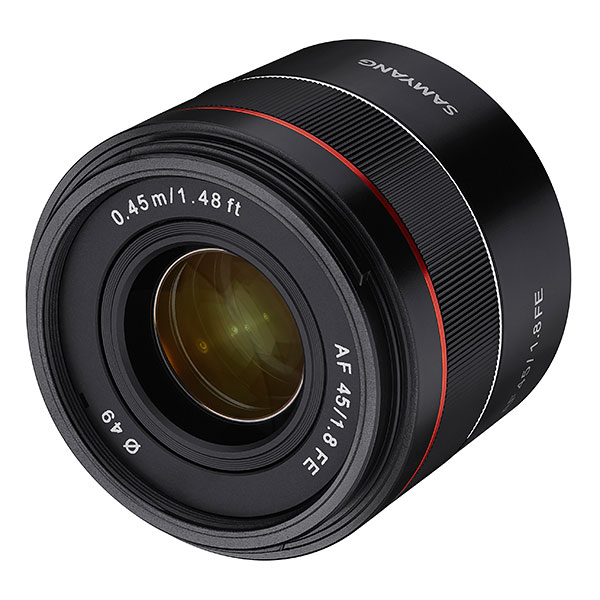 | Samyang AF 45mm f/1.8 FE Pros: Portability, cost-effective. Cons: For the price, no cons. Opinion: It is superfluous to write about its lightness and portability, being of small size and "secondary" materials. The quality is proportionate to the price, do not expect any surprises unless you make comparisons with the quality of files obtained with cheap zooms. It is a good / excellent entry level fifty for amateurs, but if you have to face serious sessions where you need a bokè done well and an easy focus even at t.a., then you have to go up at least one step, like the Sony Zeiss 55mm. In my opinion. sent on July 28, 2023 |
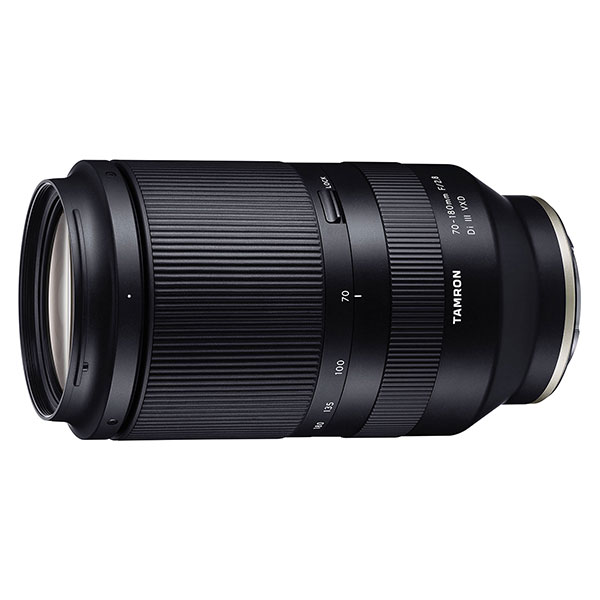 | Tamron 70-180mm f/2.8 Di III VXD Pros: Sharpness, weight, brightness, color rendering, usability Cons: Maybe some uncertainty in the AF with little light, some command that is missing as observed by others, but for the price I think it is normal. Opinion: I really can not say that good of this lens, certainly referred to the use I make of it, that of aspiring amateur photographer who often shoots in the street. I mounted it on a Sony A7IV, which allows me to venture a little with the crop. Well the photos taken with this lens lose almost nothing in terms of quality even if cropped beyond what is necessary. The sharpness is also excellent at f / 2.8, although I noticed a not exactly negligible percentage of out of focus in conditions of little lusce and all aperture. I do not know if this is due to the Sony-Tamron combo or simply it is me who demands too much or I who make too many mistakes, also because the photos in the right focus including the close-ups, taken with an open aperture, come out beautiful. I also managed to open it easily to remove some dust under the first lens. Actually the aesthetics does not completely satisfy, but this is not a point to discuss, this is a very good goal, really. sent on July 20, 2023 |
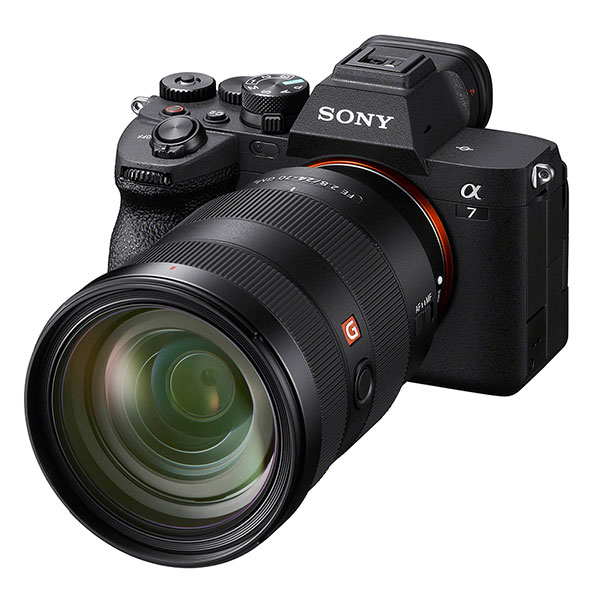 | Sony A7 IV Pros: For my use, especially portability and AF. Cons: As far as I'm concerned, ISO sealed. Opinion: It's my second FF after a few years of changing aps-c between Fuji and Pentax and before arriving at the full format with Panasonic S5. Since I like (would like) to do street even in the evening-night, I hoped to find comfort regarding the tightness of the iso with this professional body, certainly wasted in my hands. As such an amateur pseudophotographer, I was definitely not disappointed, but still disappointed. It's true that I tend to crop some files, but with iso 2000 and sustained artificial light I did not expect to find that noise I find. Maybe I was used to "badly" with the Pentax KP that despite a smaller sensor, effortlessly held ISO 12800 and sometimes even beyond. I'm thinking of taking half a step back by exchanging the 7IV for a 7III. sent on December 12, 2022 |
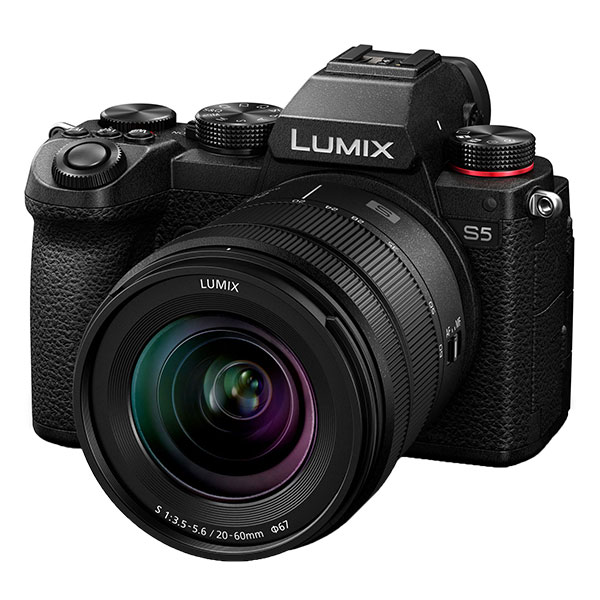 | Panasonic S5 Pros: Compactness, manageability, menu not too complicated, excellent display, well stabilized, tropicalized. Cons: However quite heavy, AF not too performing at night even with good light. Opinion: I had it a few months, it was my first FF (6 years of photography almost only street and only with aps-c), I never used the video sector and I am not a professional, so what I write can be refuted by anyone. Files are very malleable with LR. It is easy to handle and looks good in the medium-large hand, but it is actually heavy. I think that for the streeetshooter it is a fairly good FF alternative although there are tendes of more suitable models (almost all aps-c). For those who are also fond of steal and night photography instead is not good even if the sensor is not too dense, because the AF I found that often flickers even with good light. sent on September 15, 2022 |
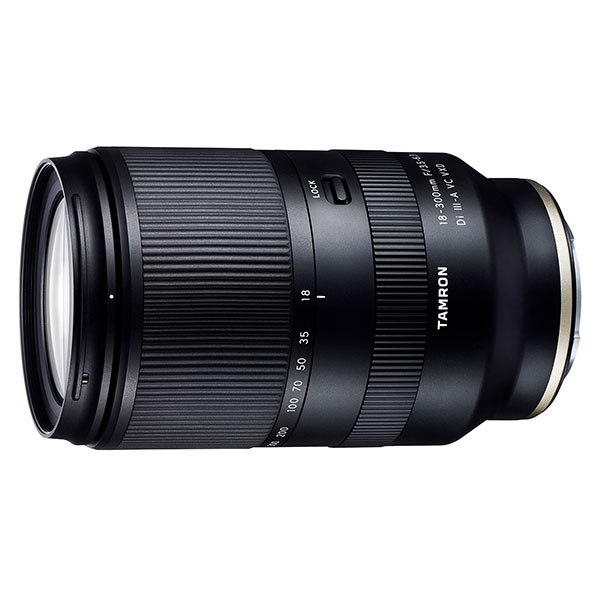 | Tamron 18-300mm f/3.5-6.3 Di III-A VC VXD Pros: It does not give concerns about the type of lens to be taken away. More than good sharpness with subjects not far away (less than 50 meters) and focal length not close to 300mm. Cons: It is not a lens from hours close to sunset, unless you point towards the setting sun... Passable sharpness for subjects within 50-80 meters and as long as you do not stretch up to 250-300 mm. Beyond these parameters the lens behaves like any superzoom. Opinion: Mounted on an X-S10 that I use as a second body, it is a "carefree" lens. All in all a decent superzoom that allows you to photograph in a wide range of situations, as long as they are bright enough and that the subjects are not too far away. It is not a lens for professional shots, but a lens for good daytime amateur shots. On the X-S10 it does not unbalance too much and it seems that the lens and sensor "love each other". sent on September 13, 2022 |
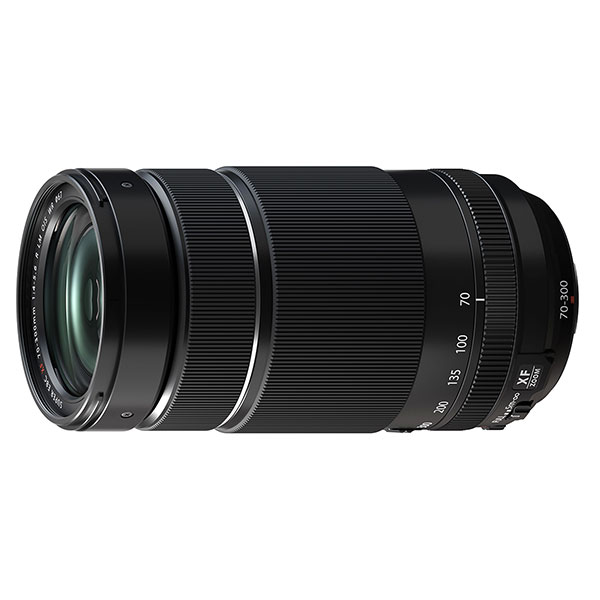 | Fujifilm XF 70-300mm f/4-5.6 R LM OIS WR Pros: Lightness Cons: Sharpness towards 300. Not suitable for those who love the detail of distant subjects. Opinion: I took it used as a whim even knowing that I would use it little because it is not suitable for what I photograph (street-urban). Excellent sharpness except in the last 50 mm where it loses. Photos taken at 300mm. they are not croppable that much. This in my opinion makes it a lens not too suitable for those looking for detail from afar. I gave it away because I shoot mainly between 18 and 60 mm (in aps-c) and I would have used it almost nothing. sent on August 12, 2022 |
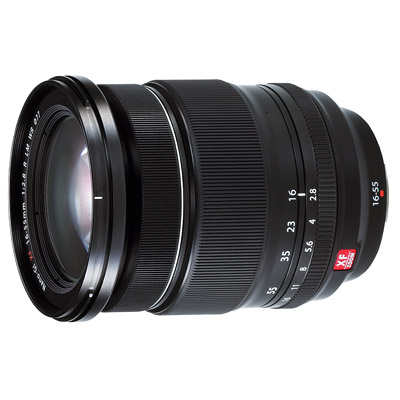 | Fujifilm XF 16-55mm f/2.8 R LM WR Pros: Professional-grade optics Cons: All those related to bulk and weight for those who see limitations from these two factors. Opinion: Found used only four months at a great price, I could not fail to seize the opportunity. It was therefore more of a whim than a real necessity. I will not go into the positive technical details because they are known and I have verified them too: the lens is of a non-questionable quality and the images it imprints on the sensors are just as much. I can only add that it is not suitable for those who love to be light, for those who love the street, for those who like not to give too much in the eye with the digital in hand and for those who have a reduced camera body like the X-S10 on which I grafted it. And I would add that it is a frankly wasted object for aspiring student photographers like me. Kept twenty days and resold to return to the most suitable for me 18-55 and 35 f / 1.4. sent on October 07, 2021 |
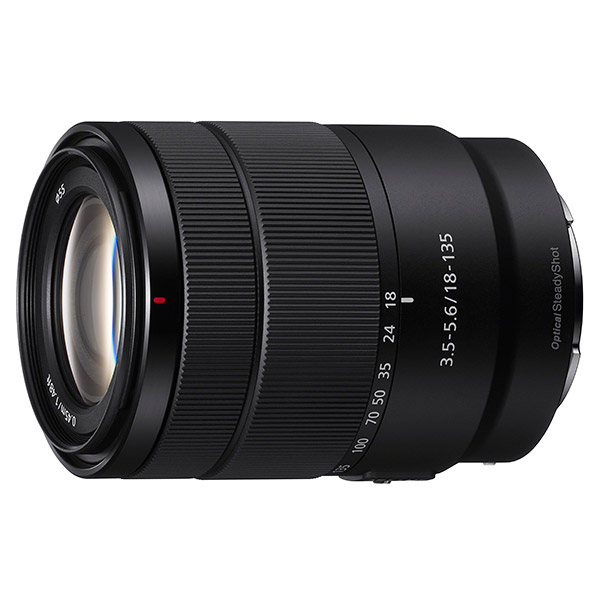 | Sony E 18-135mm f/3.5-5.6 OSS Pros: Lightweight, compact, portable, also good for daytime street. Cons: Don't expect a zoom much above average. Opinion: It is the only lens to which I combined the a6400 that I resold after 8 months. All in all he does his duty well to be a handyman, but only during the day. Sometimes it loses fire. Sharp the right, even at 135. It does not excel in anything except portability. It is in fact light and compact compared to the focal range, so in the daytime street it can entertain a lot with more than satisfactory results. sent on September 13, 2021 |
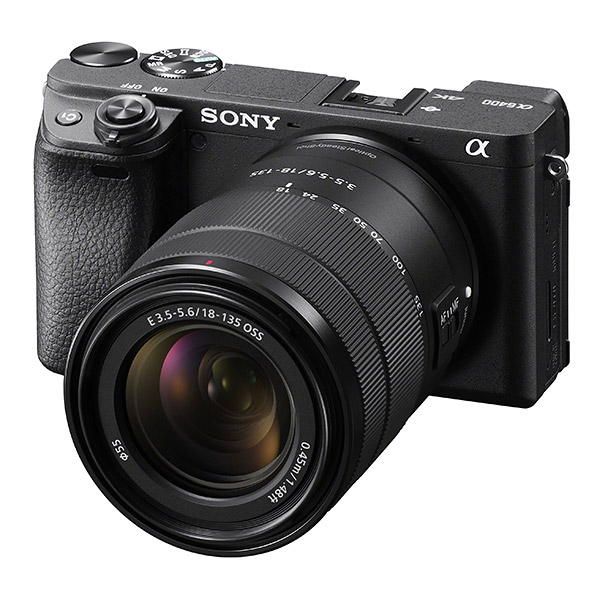 | Sony A6400 Pros: Portability, file workability. Cons: I don't know; what I did not like about this machine, could instead be good for others and vice versa. Opinion: Nothing to do, I tried to please myself but I couldn't. My inprinting as an aspiring amateur street photographer (such I still am) I had in Fuji (T1- T20, T2), then I tried with Pentax (KP, a digital beast with the shape and weight of a tank), then returned from Fuji (T30) and finally I succumbed to the infatuation for this Sony due to the reviews. I thought I could find myself well, surely it is a good ML because I took quality photos even if I tried only one lens and certainly not the best; but I don't like it. In the eight months that I had it, nothing "clicked" so much that, as anticipated, I used it only with the 18-135 because I did not intend to spend money to complete the optical park. Sold yesterday, shipped to the buyer this morning, I will return to Fuji with the X-S10. I could assign it 7 as 10, but I would not be objective in both cases, my judgment has nothing objective. Let's do 9. sent on September 13, 2021 |
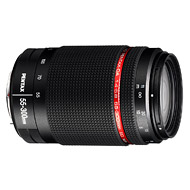 | Pentax DA HD 55-300mm f/4-5.8 ED WR Pros: Materials and tropicalization Cons: It loses a little bit of sharpness at full opening. Opinion: I come from three years of Fuji brand and as tele I had a 55-200 f/3.5 that had accustomed me very well in terms of handling. This lens is not exactly up to the Fujinon tele, but the sharpness is great at diaphragm not too open; at the opening it loses a little, but for its price it is absolutely acceptable. Those who read this judgment must consider a fair level of incompetence on the part of the writer and the fact that this objective is not suitable for the type of photograph for which it was mistakenly purchased (street). sent on April 11, 2019 |
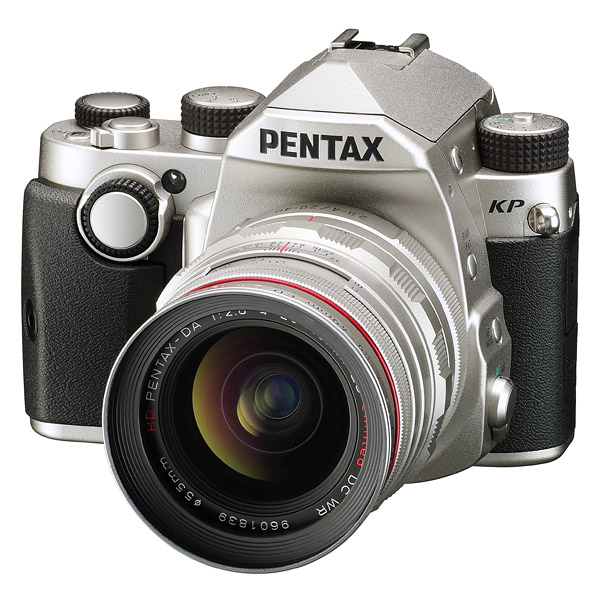 | Pentax KP Pros: The file quality at high ISO, the workability of files in postproduction especially with regard to light and shadow recovery. Cons: The menu, the orientable screen, the Live View function, usability in general. Opinion: I'm a negotia and I've been coming from Fujifilm for three years (X-T1 and X-T2); I enjoy taking mostly people on the street or in any case I shoot mainly photos where the person, as a main or secondary subject, should never miss. My judgment is influenced by an instinctive comparison between the two brands and a general incompinence in the field of photography. I've also owned this machine for about a month, which means I'm going to integrate my observations as I have something relevant to report. The following are the very first impressions on KP. Personally and at least for now, I think the usability of this reflex is more complex and laborious than I felt when I used mirrorless. The menu is too articulate, several functions are redundant and several others do not change the quality of the files (in Fuji instead, at least small diffrenze I always noticed). KP washers don't make usability easier. The orientable screen does not return as sharp and bright images as in Fuji and, compared to this, is not even suitable for "uncomfortable" photography or from alternative points of view. The Live View feature, at least as far as I'm concerned, is a drama. Whereas in Fujifilm this option not only did not give the feeling of general slowdown of the machine, but allowed both screen and viewfinder to have "the wrist" of the image that would be taken with the parameters set, in the KP happens exactly otherwise. In the Pentax to get an immediate feedback on the photo of the parameters set (extremely useful activity for us amateurs), there is no electronic viewfinder, you have to select that function and look on the screen, but put into account an unpleasant (and real) feeling of "impact" and slowing down the digital. It is a function that I do not have the pleasure of using, in short, and this I do not think is a positive factor if this judgment is shared with other KP owners. Where Pentax not only regains credibility, but dominates Fujifilm (I can't say the same for other brands, but the context may not be different) is the workability of the files and their recovery. It seems that Lightroom enjoys working those files and knows how to pull out everything that is hidden inside without appreciable alterations. For now I have accidentally taken some photos up to 12800 ISO: vivid resurrected lights and total absence of distortions that made Fuji's files hate in the light and shadow recovery. The Luminance slider barely touches, but with photos up to 6400 it may not be touched at all. I do not enter any votes because I do not yet have objective elements to judge the machine as a whole, always from beginner level of course; in a few months I will. For now I can say that switching from a mirrorless to a reflex, the differences seem important to me. At least for now I do not regret this passage, in reference to the type of photography I like to do, although I regret the usability of Fujifilm. sent on April 08, 2019 |
 JuzaPhoto contains affiliate links from Amazon and Ebay and JuzaPhoto earn a commission in case of purchase through affiliate links.
JuzaPhoto contains affiliate links from Amazon and Ebay and JuzaPhoto earn a commission in case of purchase through affiliate links.May Beauty Be Everywhere Around Me